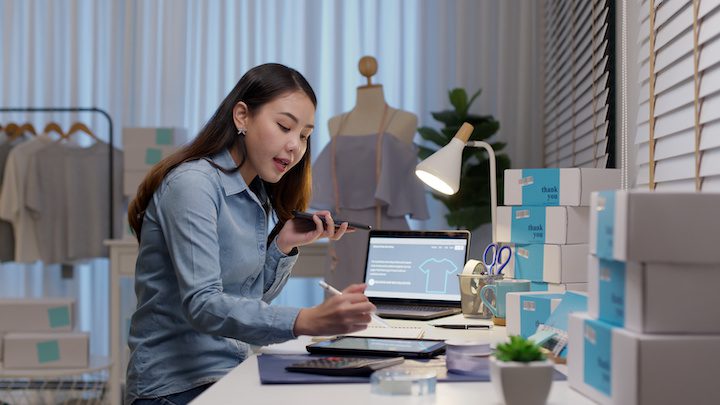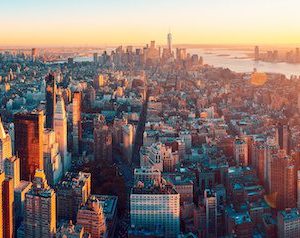Retail design is adapting – and it’s not just social distancing markers leading the way.

Today, retail shoppers need to be lured into an experience that drives them from the click-and-order comforts of home into a stimulating environment where they feel safe. Consumers are also putting increasing importance on inclusivity and sustainability with an experience that goes beyond company sloganeering.
Omnichannel retail
In many cases, it doesn’t even start at the storefront. Designers are now focusing on omnichannel retail – where online buying and even social media has a connection with the brick-and-mortar experience. Research shows that opening a new store can drive traffic to a retailer’s website by 37 percent.
The marriage between website and storefront has never been stronger. With an increasing number of consumers buying online and picking up in-store, retail designers are now focusing on making this part of the experience efficient and potentially encourage more in-store shopping.
It appears this trend is here to stay: A survey by McKinsey & Company reports that post-pandemic, 56 percent of consumers expect to continue using the buy online, pick-up in store model. This means designers must work on creating immersive experiences for the consumer once they arrive. Other opportunities exist to blur the lines between in-store and online with opportunities like creating areas for staff to do in-store video conferencing with consumers to replace what were once typical in-store sales.
Technology plays a role
While physical design is a big part of the experiential play, technology also has a huge role. Per Retail Insider,
Today’s savvy retailers are using technology such as AR and VR to support personalized shopping experiences, both in-store and online. Customers can use “smart mirrors” to try on clothes virtually, for example, and smartphone cameras make it possible for shoppers to see how furniture will look in their own space. Retailers are also using technology to support the personalized experiences that drive loyalty: personalized assistance, events or classes that help consumers get the most out of their purchases, and access to exclusive offerings are just a few of the ways that retailers can inspire customers and keep them coming back.
Brand ethics at the forefront
Consumers want to work with brands that align with their values. Fifty-four percent of shoppers prefer to buy from brands that are sustainable. Brands taking steps to protect mental health, source products ethically, as well as reduce their impact on the environment are all on the menu for 2022.
As we’ve all learned from the past two years, adaptability is key. Flexible designs and modular layouts will allow retailers to easily change designs and create new experiences for exclusive events. A modular set-up is also ideal for landlords not looking to support constant renovations that could adversely impact customers.


